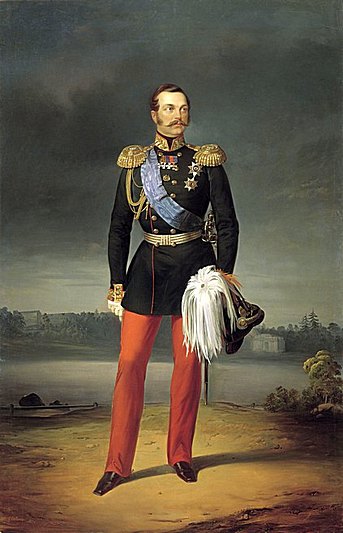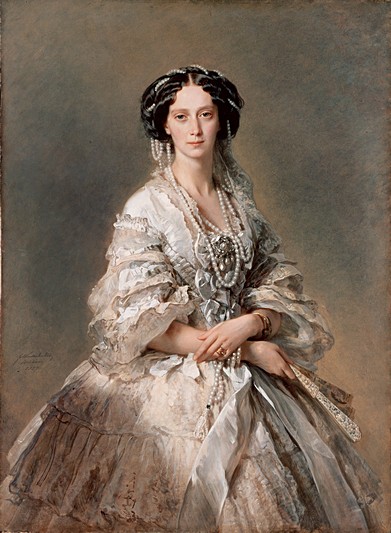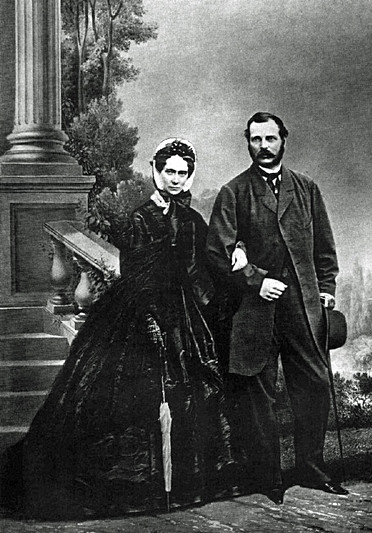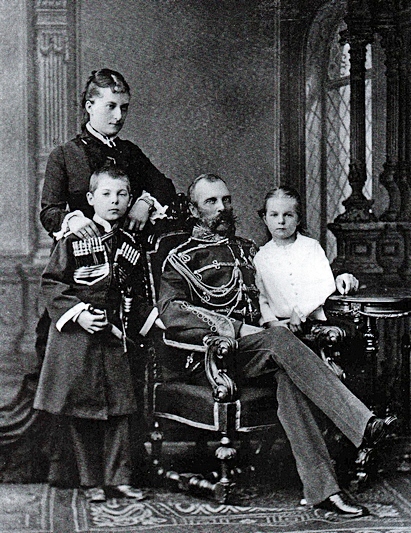Alexander II
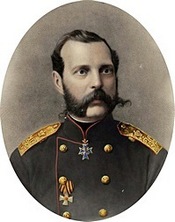
Born: Moscow, 17 (29) April 1818
Died: St. Petersburg, 1 (13) March 1881
Reigned: 1855-1881
When Alexander II ascended to the throne in 1855, Russia, weakened by an ignominious defeat in the Crimean War, was in such a state of crisis that the new emperor had to introduce reforms on such a massive scale that they were comparable to the grandiose reforms of his famed ancestor, Peter the Great. In order to carry out these reforms across the country, peace was required. Thus, in 1856, the Treaty of Paris was signed, which in many points was not profitable for Russia, but which gave the country a much-needed peaceful respite. The main domestic issue to be faced was one on which the government and the elite were not unanimous: peasant reform. Nonetheless, Alexander II agreed to the plan in which peasants were able to buy their personal freedom from landowners, and in this way he freed the peasants and abolished serfdom.
The Crimean War had brought to light shortcomings in the organization of the Russian Army, and Alexander also undertook a reform of the military, as a result of which conscription was introduced in Russia. His judicial reform had an enormous positive effect on society, and for the first time trial by jury was introduced in Russia. Substantial new powers were transferred to local governments over the course of the rural and urban reforms. The varied achievements of Alexander II have gone down in Russian history as the "Great Reforms."
After recovering from the disastrous effects of the Crimean War, Russia again began to actively participate in the foreign political arena and acquired vast areas of land in Central Asia, the Caucasus, and the Far East. In 1877-1878, Russia was once again at war with Turkey with the declared goal of liberating the Slavic peoples of southeast Europe from the Turkish yoke.
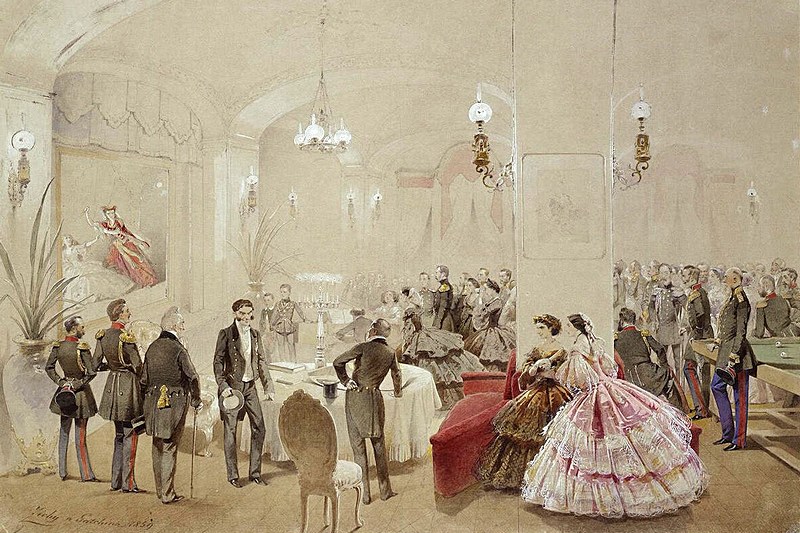
During the last years of Alexander's life, his wife, Tsarina Maria Alexandrovna was ill, did not often participate in society or court events, and for the most part lived secluded in her own apartments outside of Petersburg on the grounds of Peterhof. Meanwhile, the energetic and affectionate Alexander fell in love with a young princess, Catherine Dolgorukova. The Emperor provided her with quarters in the Winter Palace and several children resulted from their union. Upon the death of Maria Alexandrovna, despite resistance from her own children with Alexander, the emperor married his mistress, who received the title of Princess Yurevskaya. The emperor's new wife was no favorite of the Imperial family and after the death of the Emperor, she was forced to immediately depart from the palace.
One might suppose that the reforms of Alexander II would have created a freer, more liberal climate in the country. However, for the radically-minded members of society, these reforms were not consistent or extensive enough. Revolutionary organizations set for themselves the goal of assassinating the Tsar. Over the years that he reigned, Alexander survived a number of assassination attempts carried out by the radical organization People's Will, including an explosion in the Winter Palace and the derailing of the royal train, yet he always escaped unscathed. However, on 1 March 1881, terrorists from People's Will fatally wounded the Emperor on the embankment of the Catherine Canal (now the Griboedov Canal). As an irony of fate, this was the very day that Alexander II had decided to accept the project of Minister Loris-Melikov, which would have given Russia a Constitution...
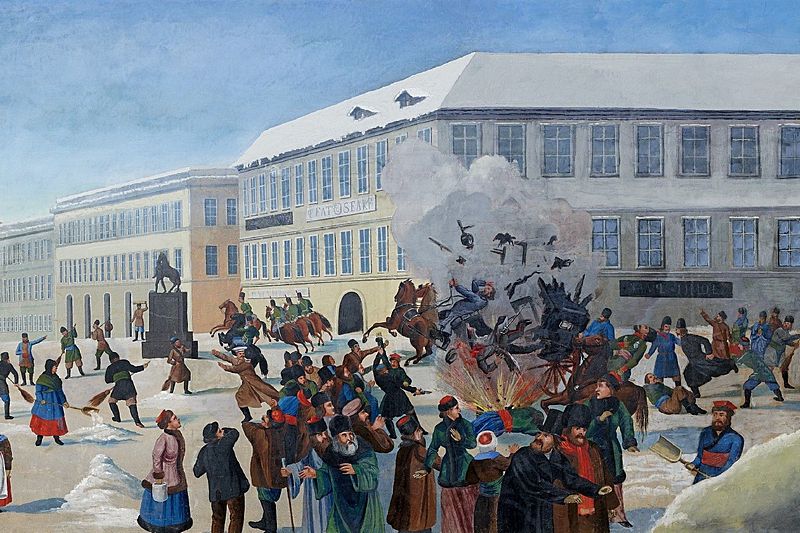
Alexander was buried in the Cathedral in the Peter Paul Fortress, in a tomb covered in grey-green jade.

